We are graduate students from the Nicholas School of the Environment at Duke University working this summer as E.O. Wilson Biodiversity Foundation interns, as part of the ATBI/BioBlitz SWAT Team and Group Masters Project. Our work is supported by a partnership with Discover Life in America, Rocky Mountain National Park, and the Turner Endangered Species Fund. This summer we will be identifying gaps in the current species database at Rocky Mountain National Park. From our experiences we ultimately hope to develop a story that inspires action to preserve biodiversity in our national parks and natural spaces.
ATBI/BioBlitz SWAT Team: Week 4 in Rocky Mountain National Park
This week, our team continued to meet with researchers in the park and explore its beauty! On Monday, the team went on a hike to the gorgeous Gem Lake. We have definitely gotten better acclimatized to the elevation and are able to go on longer, more strenuous hikes.
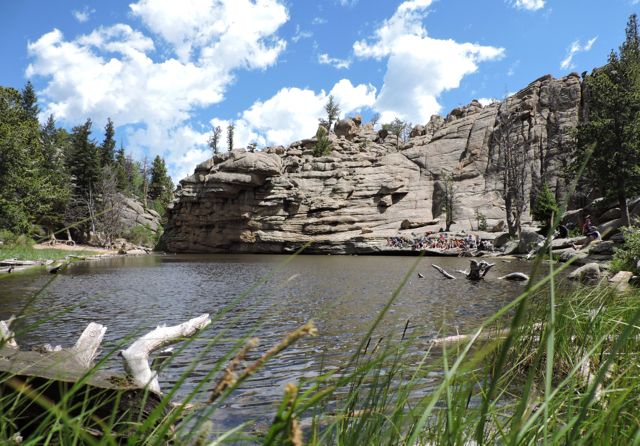

One of the highlights of our week was tracking goshawks and their nests with Scott Rashid. He is one of the leading researchers on hawks and owls, particularly pygmy owls, in the world. We had the great fortune of accompanying him on his hikes to observe and photograph two different goshawk nests in and around the park. The female goshawk was very defensive and fiercely protected her young in the nest. It was a fantastic experience to observe this great bird in action!
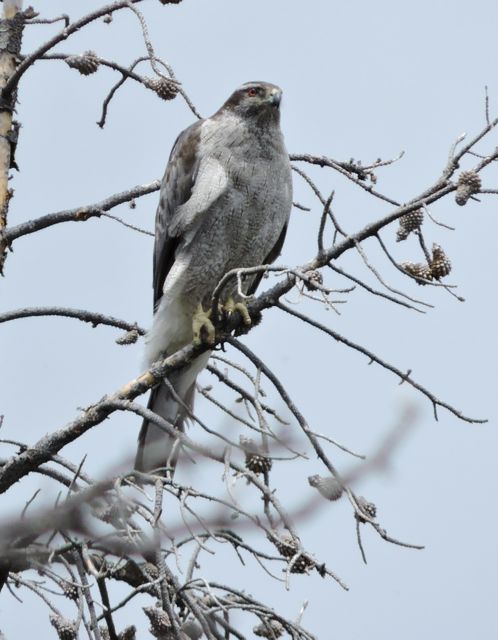

It was very interesting to hear Scott’s perspective about research within the park. He founded a non-profit, Colorado Avian Research and Rehabilitation Institute (CARRI), to support research on birds in the region and educate the public about avian conservation. He has been voluntarily researching hawks and owls in Rocky Mountain National Park for over a decade and has provided valuable information about them to the park. Stephanie Mason, one of the other researchers we worked with, is also a volunteer who has a passion for butterflies and continues to gather data on these beautiful animals.
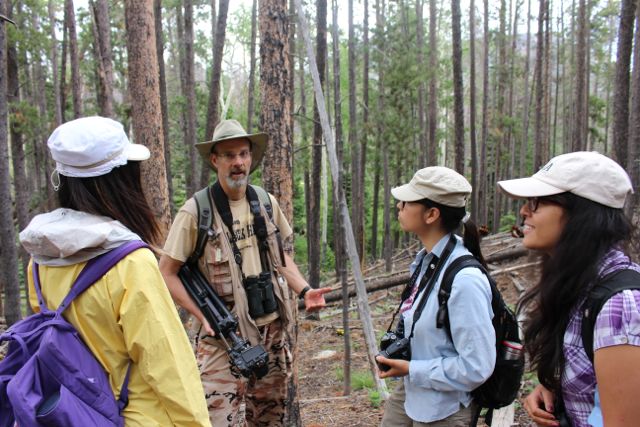

This conversation had our group thinking about the role of volunteers and non-profit organizations in researching biodiversity in the park. We discussed the advantages of promoting partnerships with non-profit organizations and volunteer researchers to close important gaps in the park’s understanding of biodiversity. In the Smokies, we saw that Discover Life in America (DLIA), a non-profit organization in partnership with the national park, prioritized biodiversity research and had a mission of recording all biodiversity in the park. Even if Smoky Mountain National Park was not able to provide the resources and coordination to conduct an All Taxa Biodiversity Inventory (ATBI), they were able to gain this information through the DLIA. While this is a beneficial partnership for the Smokies, it is not always feasible with other national parks.
We are learning about the ways that RMNP provides incentives to scientists to conduct research in the park. However, since there are many biodiversity gaps that have not been addressed by research throughout the years, our group is brainstorming ways that RMNP can facilitate research in these specific areas. We are particularly interested in how biodiversity gaps (e.g. spiders, soil biodiversity, etc.) can be narrowed to allow the park to better conserve its biodiversity.
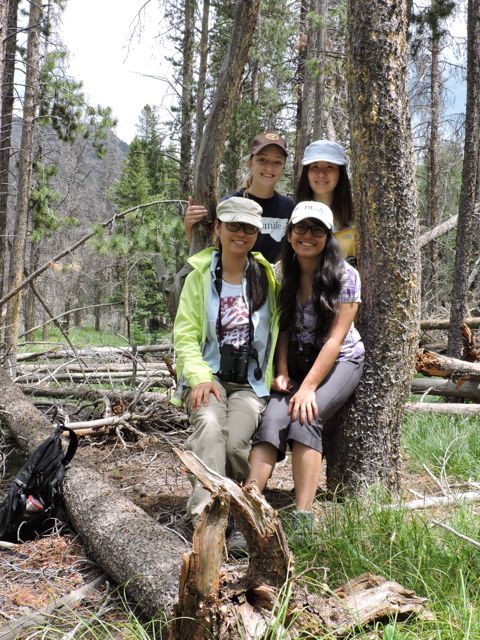

On Thursday, our group attended the Resource Stewardship Division Roundtable, a weekly training session for all employees and volunteers in the resource division. This week, we learned about different aspects of fire management in the park and the groups that facilitate it. We learned about the importance of teamwork and how difficult it can be to make decisions. We also learned about the crucial role that followers play in a team and the qualities that make good followers. After this session, we had an open-air meeting with Ben, the Chief of Resource Stewardship, and discussed how to incorporate systems thinking when thinking of biodiversity. We learned about how decisions are made in the park and how portfolio management works in this division. We had a lengthy debate about how to translate scientific information into management outcomes, one of the major goals of our project.
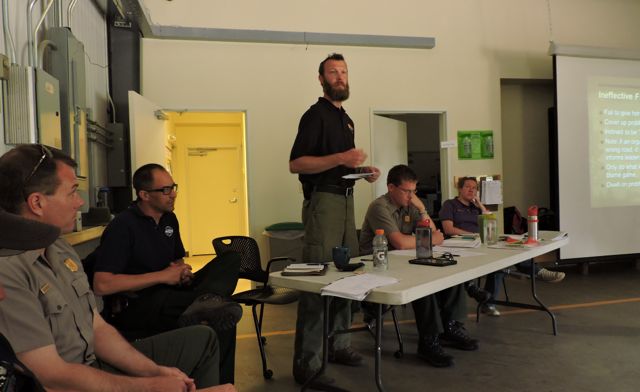

Finally, on Friday we set out to Fort Collins to meet with soil researchers at Colorado State University to see if we could design a study to narrow the gap of soil biodiversity. We learned about the overwhelming nature of soil biodiversity research, as there are so many different types of organisms that are part of this vital ecosystem. We were urged to choose a group of organisms to focus on so we could feasibly conduct a survey during our short time frame. Our team continues to learn more about the challenges associated with field research and we strive to ensure that we are able to design and execute a successful field survey!
—Sahil Chaini, Zhenzhen Chen, Casey Johnson, and Jianyu Wu

